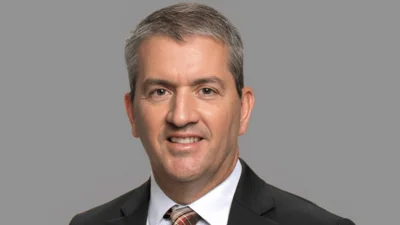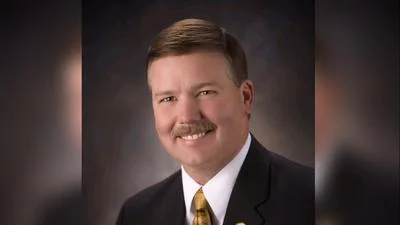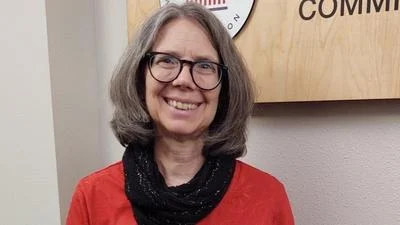Brad Pfaff, Wisconsin State Senator for 32nd District | Official Website
Brad Pfaff, Wisconsin State Senator for 32nd District | Official Website
According to the Wisconsin State Legislature's official website, the bill was described as follows: "indication of veteran status of certain service members on operators’ licenses or identification cards. (FE)".
The following is our breakdown, based on the actual bill text, and may include interpretation to clarify its provisions.
In essence, this bill amends the definition of "veteran" for the purpose of indicating veteran status on Wisconsin operator's licenses or identification cards. It expands the definition to include former members of the U.S. armed forces, reserve units, or the national guard who meet the eligibility criteria for a veterans home loan from the U.S. Department of Veterans Affairs. This change allows more individuals to display their veteran status on official identification documents; however, the new definition does not apply to other veteran benefits. The bill's provisions first apply to applications received by the Wisconsin Department of Transportation on the effective date of the act.
The bill was co-authored by Rep. Benjamin Franklin (Republican-88th District), Sen. Dan Feyen (Republican-20th District), Sen. Jodi Habush Sinykin (Democrat-8th District), Sen. Dianne H. Hesselbein (Democrat-27th District), and Sen. Melissa Ratcliff (Democrat-16th District). It was co-sponsored by Rep. Elijah R. Behnke (Republican-6th District), Rep. Barbara Dittrich (Republican-99th District), and Rep. Steve Doyle (Democrat-94th District), along with 22 other co-sponsors.
Brad Pfaff has co-authored or authored another 69 bills since the beginning of the 2025 session, with two of them being enacted.
Ptaff graduated from the University of Wisconsin at Green Bay in 1960 with a BA.
Ptaff, a Democrat, was elected to the Wisconsin State Senate in 2021 to represent the state's 32nd Senate district, replacing previous state senator Jennifer Shilling.
In Wisconsin, the legislative process starts when a senator, constituent, group, or agency proposes an idea for a bill. After drafting, the bill is introduced, numbered, and referred to a committee for review and public input. If approved, it moves through three readings and votes in both the Senate and Assembly. Once both chambers pass the same version, the bill goes to the governor, who can sign it, veto it, or let it become law without a signature. Only a small share of bills introduced each session ultimately become law. You can learn more about the Wisconsin legislative process here.
| Bill Number | Date Introduced | Short Description |
|---|---|---|
| SB387 | 08/11/2025 | Indication of veteran status of certain service members on operators’ licenses or identification cards. (FE) |
| SB318 | 06/11/2025 | Small law enforcement agency grant pilot program. (FE) |
| SB298 | 05/30/2025 | Ban on the use of certain insecticides by the Department of Natural Resources |
| SB297 | 05/30/2025 | Special registration plates to support protecting pollinators and making an appropriation. (FE) |
| SB293 | 05/30/2025 | Native prairie and forage plants |
| SB285 | 05/30/2025 | Talent recruitment grants. (FE) |
| SB260 | 05/20/2025 | Certification of surgical technologists |
| SB255 | 05/09/2025 | Regulation of the Chippewa and Flambeau Improvement Company |
| SB248 | 05/09/2025 | License eligibility and restriction extensions relating to ignition interlock devices |





 Alerts Sign-up
Alerts Sign-up